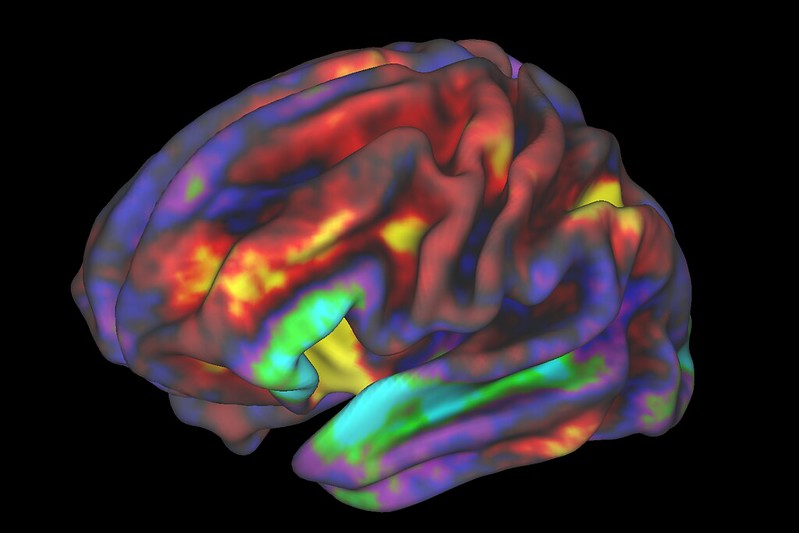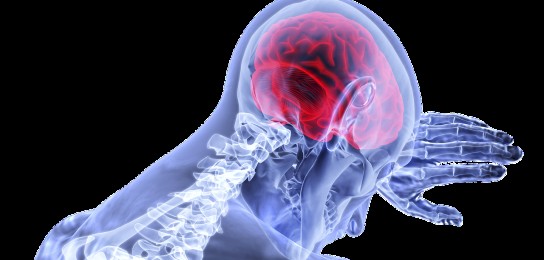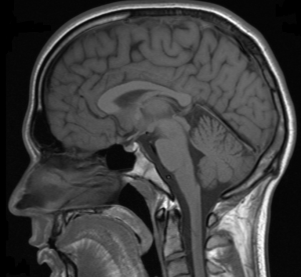Brain Awareness Week is a global campaign to increase public awareness of the progress and benefits of brain research. Here, on OpenLearn, we want to encourage you to learn more about the brain so we've collated a series of useful and interesting resources from our experts about the brain, from articles to free courses.
Spend a few minutes thinking about what your brain does
You could have come up with many different things. For example, the brain controls our movements and our basically bodily functions such as hunger and thirst. It also allows us to interact with the world around us by interpreting information collected by our sense organs and providing a means by which this can affect our behaviour.
Of course, whilst these functions are of great interest, they are often not the big questions asked about the brain. These big questions centre around how our brain allows us to think original thoughts, learn new information, and, of course, how the workings of our brains give rise to consciousness.
Questions about the brain are actively being investigated by neuroscientists around the world, including by researchers at the Open University - here's what our PhD students from Life, Health and Chemical Sciences have been up to in the labs. The first two articles re new and from academics at The Open University:
Brain basics
The brain, along with the spinal cord, makes up the central nervous system. The most remarkable feature of the brain is the cerebral cortex, which gives the human brain (and that of many other species) its characteristic bumpy appearance.
The brain can be divided into two hemispheres and the cerebral cortex of each of these can be divided into four distinct lobes – each associated with different functions. Underneath the cerebral cortex are many other important brain structures, necessary for basic life functions and sensory processing.

Within the brain there are around 100 billion, specialised nerve cells called neurons which transmit electrical and chemical signals around the brain. There are also other types of cells, including glial cells which have a variety of important functions and vastly outnumber neurons.
Although the exact structure of neurons varies, they can generally be thought of as having three specific components. Firstly, they have an area responsible for receiving incoming messages (normally chemical) from other neurons – the dendrites.
Secondly, they have an area that contains many important cellular components such as the nucleus (containing genetic material) and mitochondria (capable of producing energy). This area is referred to as the cell body.
The final key structure is the axon. The axon consists of an area called the axon hillock which integrates all the different inputs across the dendrites and, if sufficient to excite the neuron, this region will initiate an electrical impulse, referred to as an action potential.
The action potential will travel the length of the axon to the axon terminals where it will normally trigger release of specific signalling chemicals, called neurotransmitters to be released from synaptic vesicles into the gap, or synapse between neighbouring neurons. The neurotransmitter can move across the synapse and interact with the next neuron…and so the cycle continues.
You can picture how the neurons work with this beach and brain analogy below:
Investigating the brain
The brain is one of the best protected organs within the body, surrounded by a thick body skull, layers of membrane and buffered by a special fluid. Whilst this ensures that this precious organ is not easily damaged, it also means that it is incredibly difficult to investigate.
Indeed, in the not too distant past scientists wanting to investigate the brain had to rely on post mortem examinations of different brain structures and were not able to access the living functioning brain.
In recent years this has all changed with so-called brain imaging techniques enabling us to observe how activity within the brain changes as different tasks and actions are completed. Read an overview of how these techniques in this brief guide to neuroimaging. And this article on one of the most commonly used techniques, functional magnetic resonance imaging, is also interesting.
The brain and your health
Many different health conditions are associated with changes within the brain. Identifying which, if any, of these changes are involved in causing the condition is a very important step in understanding health.
In addition, finding treatments that can reverse or prevent progression of a condition by acting on the brain is also invaluable. Two conditions in which changes in the brain have been found are Alzheimer’s disease and autism - you can find out more in the content below:
In addition, interventions within the brain could compensate for damage elsewhere in the nervous as has been demonstrated for paralysis. This article explores how neurochips could pave the way to healing for those with paralysed limbs.















Rate and Review
Rate this article
Review this article
Log into OpenLearn to leave reviews and join in the conversation.
Article reviews